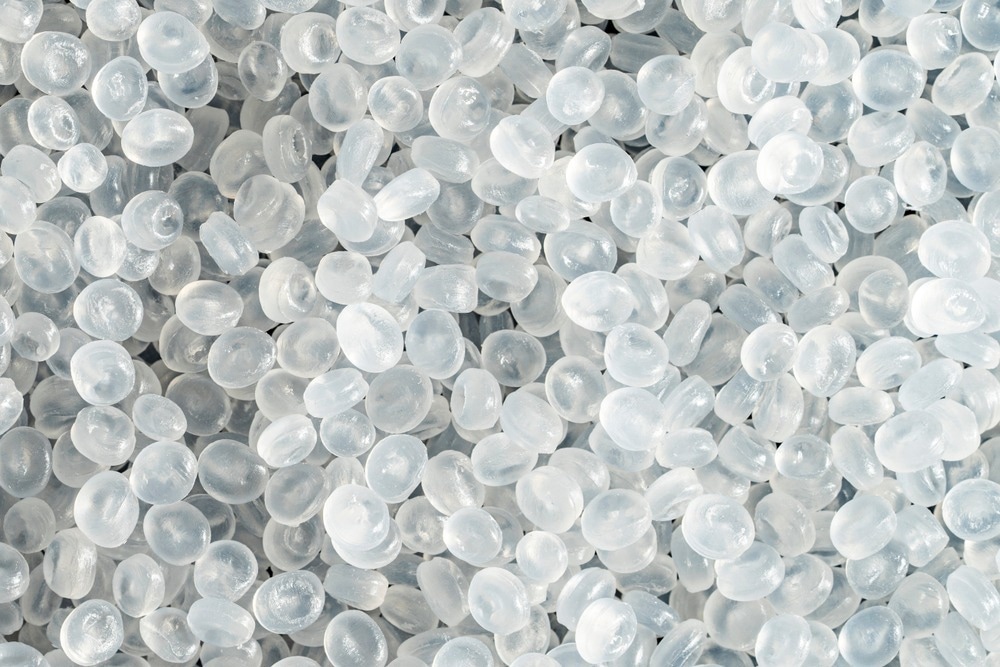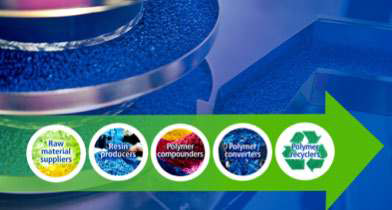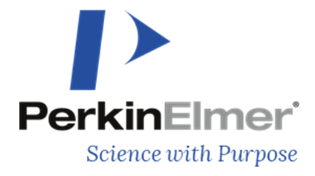Sponsored by PerkinElmerReviewed by Olivia FrostAug 20 2025
The polymers utilized in manufacturing are primarily comprised of synthetic organic compounds. These compounds include thermoplastics such as polyethylene, polystyrene, polypropylene, polyvinyl chloride, polyamide, polycarbonate, polyester, and polyethylene terephthalate; elastomers such as rubber, silicone rubber, cross-linked polyurethanes, EVA, and neoprene; and duroplasts like polyurethane and a range of different resins.

Image Credit: Koray Akar/Shutterstock.com
Polymers are found in virtually every industry and are routinely used in medical devices and products, construction, isolation and insulation materials, food packaging, consumer goods, and many other diverse applications.
Every manufacturer producing or employing polymers should implement a comprehensive testing program to ensure the quality of materials and processes. This may take the form of an in-house analytical workflow, the use of contract labs to fill those needs, or a combination of these two approaches.
Some elements of a company’s polymer testing program may be driven by the processes employed, products manufactured, regulatory requirements, or end-use cases. Despite these variations, many universal testing requirements are found throughout the polymer industry.
These requirements are driven by:
- Ongoing research and development (R&D) work
- Manufacturing quality control (QC)
- Regulatory and industry standards
- Industry-specific standards, including those for automotive components, electronics, and children’s toys
- Governmental regulating bodies, including those for pharmaceuticals, environmental protection, and food and beverages
- General industry and manufacturing standards, including ISO and ASTM
- End-use specifications
- End-product failure analysis
- Consumer and end-user safety concerns
- Environmental safety concerns
This article discusses specific testing requirements at each step in the polymer production lifecycle.
It also examines the analytical technologies that can meet these testing needs while guiding users in selecting instrumentation that can provide actionable, reliable data. The article reviews some of the universal considerations for technology evaluation.
The Polymer Production Lifecycle
Raw material suppliers provide chemical feedstocks such as monomers, additives, and fillers, which form the basis of polymer production.
Resin producers utilize various raw materials to manufacture different ‘master batches’ of polymer resins.
Polymer compounders then create various plastic formulations by mixing and blending polymer resins, fillers, and additives into process-ready flakes and pellets.
Polymer converters employ plastic flakes and pellets to create an extremely wide range of products, including electronics, automotive components, toys, construction materials, and packaging.
Polymer recyclers reclaim recyclable plastics, returning these to polymer compounders and converters to enable their reuse.

Image Credit: PerkinElmer
Testing Requirements and Technology Selection
The main categories of testing required in polymer production are:
- Polymer identification and characterization
- Additives identification and characterization
- Physical characterization
- Residuals analysis
- Contamination analysis
- Safety analysis
- Evaluation for emissions and leachables
R&D analyses throughout the polymers industry must consider a series of factors, including:
- Performance
- Scalability
- Capacity to hyphenate
- Resolution and sensitivity
- Supplier experience
Leveraging a combination of these key factors enables greater innovation and uniqueness, affording companies a vital edge in their respective fields.
Universal considerations are also necessary for evaluating and selecting analytical instrumentation. These include appropriate test methods, price points, supplier capabilities, hardware, and software.
It is important to consider user needs and instrument adaptability when selecting hardware. These considerations include the potential instruments:
- Range of analytical methods and capabilities
- Sensitivity in terms of customer, industry, and regulatory requirements
- Throughput
- Capacity to hyphenate and integrate with other technologies
- Capacity to and frequency of upgrades
- Ergonomics and user-friendliness
Appropriate software can expand an instrument’s capabilities, improving its control and the usability of its output results. It is important to determine that the software offers:
- Adaptability to accommodate multiple project profiles
- The ability to meet key regulatory requirements around data integrity, validation, and migration
- Cloud-based communication options
- The capacity to integrate with machine learning and deep learning applications
Suppliers should be evaluated beyond their hardware and software offerings, with key considerations including the supplier’s:
- Specific areas of expertise
- Reputation within the industry
- Track record of innovations
- Service and customer support offering and quality
- Portfolio breadth and diversity
- International reach
It is important to remember that support received when evaluating a technology often indicates the level of support expected following a purchase.
General Technology Considerations
When selecting an instrument, it is also important to consider its:
- Portfolio of available consumables
- Sample preparation requirements
- Available finance and contract options
- Range of training options
- Availability of expert scientific assistance
- Service and maintenance offering, including locality, speed, and turnaround
Conclusion
The polymers industry incorporates the entire lifecycle of polymer production and use. Every company should implement a comprehensive and targeted testing program to ensure the quality of its work and regulatory compliance, from raw materials through intermediate and end products and on to recycling.
Polymer industry companies may run their in-house testing processes or outsource some or all of their analytical testing to a contract laboratory. It is important that the company or laboratory carefully evaluate its (or its customers’) needs in every instance, as well as assessing the capacity of potential suppliers, instruments, and software to accommodate those needs.
The article highlights this process, empowering polymer industry companies to make informed decisions about their analytical options.
References and Further Reading
- Polymer Testing Laboratory (2025). https://www.polymersolutions.com/capabilities/polymer-analysis/.
- Intertek. (2025). Polymer Testing. (online) Available at: https://www.intertek.com/polymers-plastics/ (Accessed 26 Jan. 2025).
- www.element.com/materials-testing-services/polymer- testing-services
- Perkinelmer. (2025). Polymer Lifecycle Challenges. (online) Available at: https://www.perkinelmer.com/library/wht-polymer-life-cycle-challenges.html (Accessed 19 Aug. 2025).
- Pahl, I., et al. (2024). Assessing biologic/toxicologic effects of extractables from plastic contact materials for advanced therapy manufacturing using cell painting assay and cytotoxicity screening. Scientific reports, 14(1). https://doi.org/10.1038/s41598-024-55952-3.
- ISO. ISO - ISO/TC 61 - Plastics. (online) Available at: https://www.iso.org/committee/49256/x/catalogue/.
- British Plastics Federation. Plastics Standards. (online) Available at: https://www.bpf.co.uk/standards/Default.aspx.
- Plastics Industry Association | We protect, promote, and grow the plastics industry. (2025). Codes & Standards - Plastics Industry Association. (online) Available at: https://www.plasticsindustry.org/advocacy/codes-standards (Accessed 19 Aug. 2025).
Acknowledgments
Produced from materials originally authored by PerkinElmer.

This information has been sourced, reviewed and adapted from materials provided by PerkinElmer.
For more information on this source, please visit PerkinElmer.